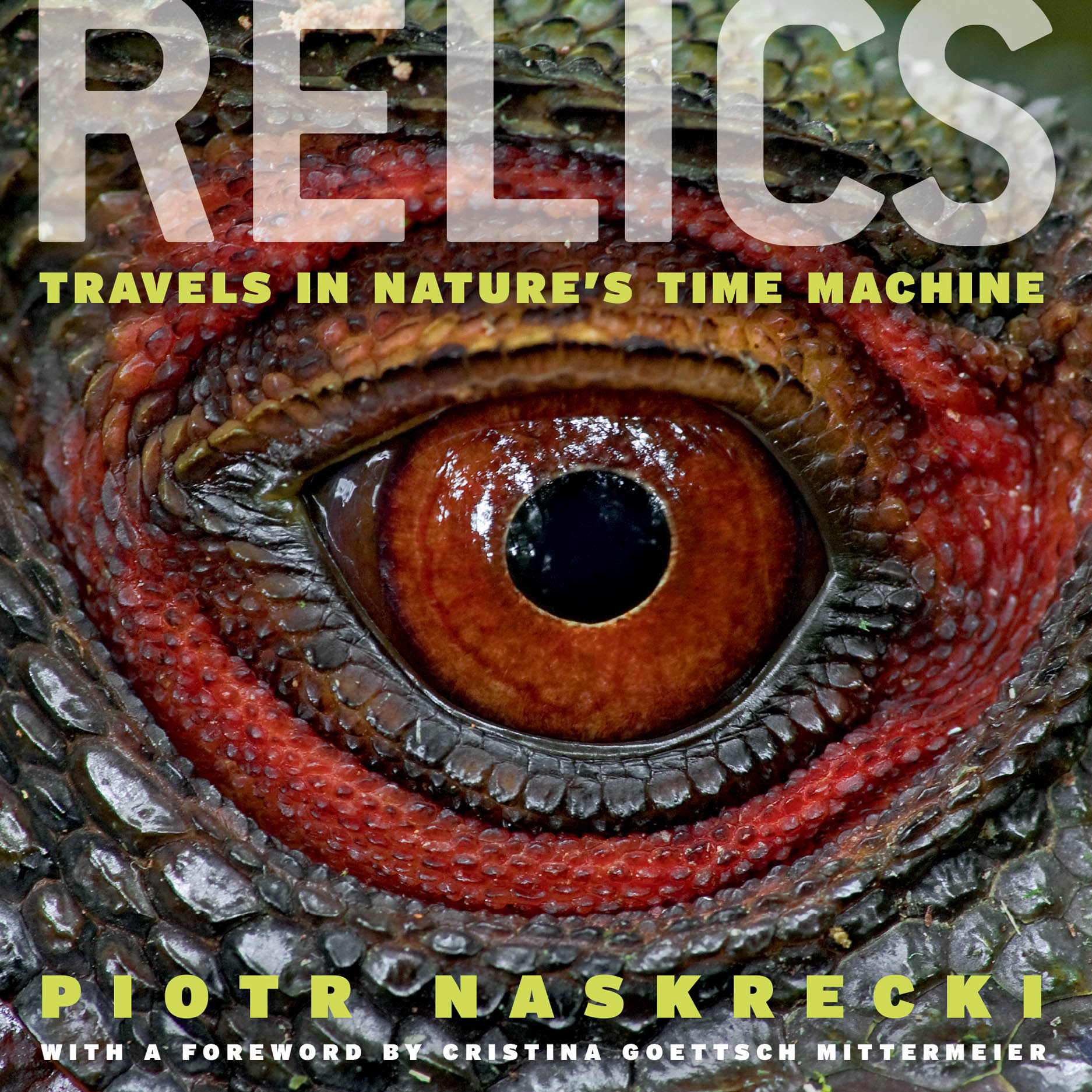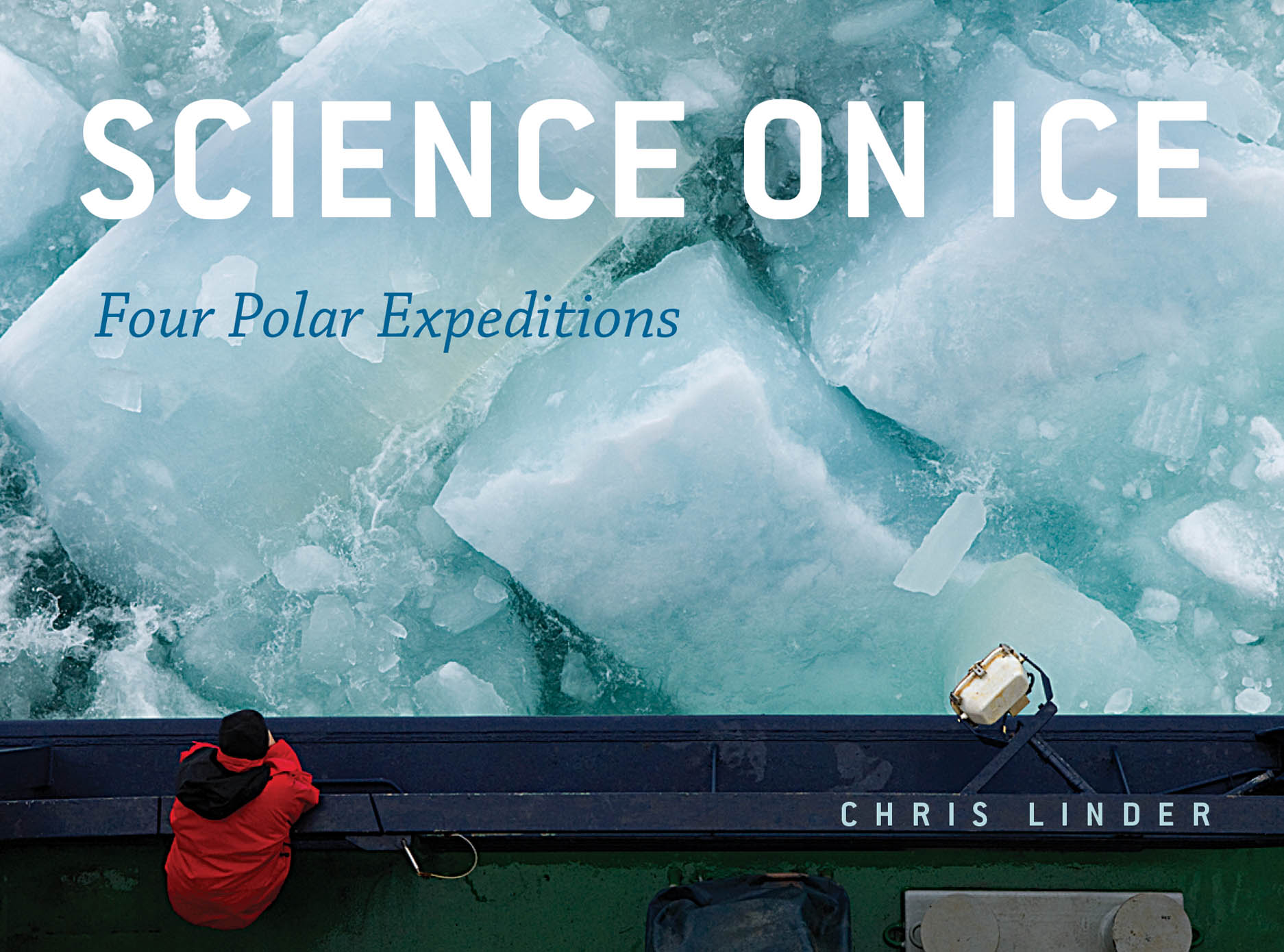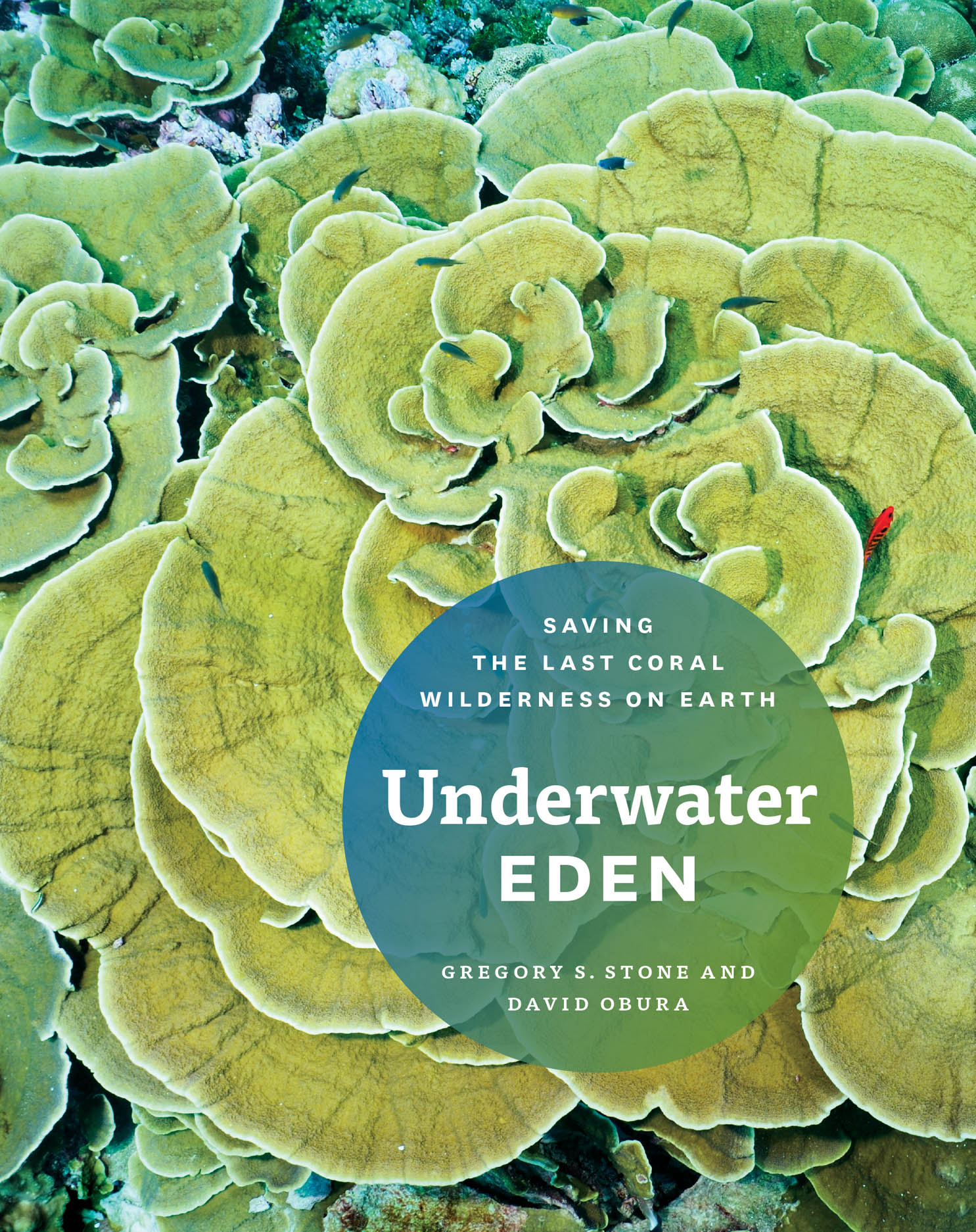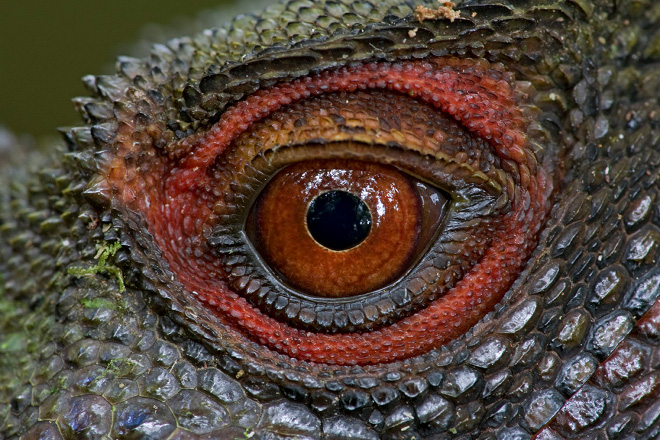Earth Day
As Adam Rome’s new history of Earth Day–recently reviewed in the New Yorker–reminds us: Earth Day has been around for a long, long time now. And while progress certainly has been made, from the big (the establishment of the EPA) to the small (the fact that when Don Draper casually chucks a beer can into the park in Mad Men, it feels as old-timey as anything in the whole series), the overall project–of conservation, preservation, and restoration–is never done.
Given the strength of our list in science and conservation, it’s no surprise that we’re big Earth Day fans over here–we’d be fans of Earth Year, Earth Millennium, or even Universe Eternity if it could be worked. But you start with what you know, so here we are for Earth Day, with a reminder about some of our best recent conservation photography books, perfect for inspiring and educating people about the importance of biodiversity and conservation.

The best way to appreciate David Liitschwager’s A World in One Cubic Foot is to check out the slideshow at National Geographic‘s site. There you’ll see Liittschwager’s breathtaking portraits of the stunning variety (and quantity) of living things that passed through a single cubic foot within twenty-four hours, in locations ranging from San Francisco Bay to Central Park to Costa Rica.

If you worry that we spend too much time thinking about charismatic megafauna and too little on less glamorous creatures, Piotr Naskrecki’s Relics is there for you. Nasckrecki turns his lens on bugs, plants, reptiles, and more, taking us back to the earliest days of life–by showing us stunning, up-close portraits of creatures, from katydids to horseshoe crabs, that have survived essentially unchanged into the present. Wired has a selection of stunning images at their site.

For a behind-the scenes look at the work of a conservation photographer–and the scientists they work with–Chris Linder’s Science on Ice: Four Polar Expeditions can’t be beat. Linder mixes photos of scientists at work (and play) with amazing images of penguins, ice floes, walruses, and more. The video trailer for the book gives a good sense of the thrilling world of polar science Linder depicts.

Gregory Stone and David Obura tell the epic tale of the preservation of the remarkably pristine undersea environment around the Phoenix Islands in Underwater Eden: Saving the Last Coral Wilderness on Earth. Greg Stone was on “The Diane Rehm Show” in January, and at their site you can listen to him tell the story of how he and his colleagues brought about the creation of the largest–to say nothing of deepest–UNESCO World Heritage Site. There’s also a gallery of images, so you can see just the incredible biodiversity found in the Phoenix Islands Protected Area.
And that’s just the visual side! For those who prefer the opposite text-to-images ratio, there’s Eric Lambin’s Ecology of Happiness, which reveals that conservation actually improves well-being; Rob Hengeveld’s Wasted World, a ringing polemic arguing that we need to end our overconsumption and overpopulation; Kevin Bailey’s Billion-Dollar Fish, which introduces readers to the lucrative and threatened pollock fishery; Richard Ellis’s Swordfish and Lisa-ann Gershwin’s Stung!, which offer in-depth natural and human histories of the mighty swordfish and the endlessly adaptable jellyfish, respectively; and, finally–just in time for dinner–Ole Mouritsen’s Seaweeds, a natural history and culinary celebration of that ancient, remarkably sustainable foodstuff.
Earth Day 2013. Save the planet–this guy’s watching you.
{Photo by Piotr Naskrecki.}
